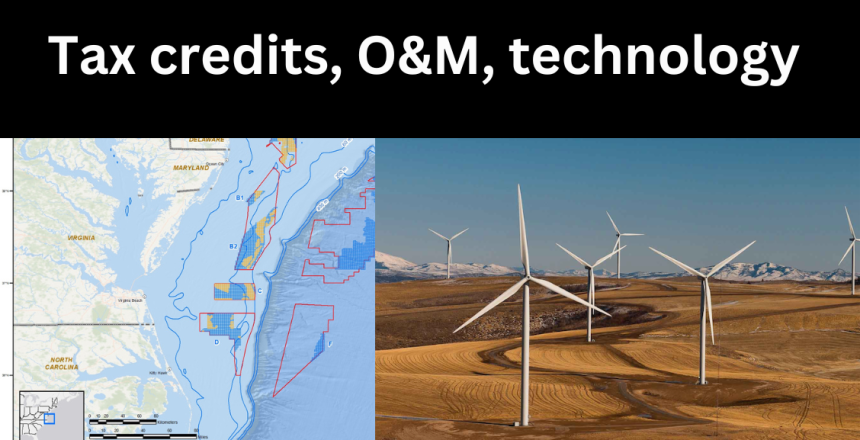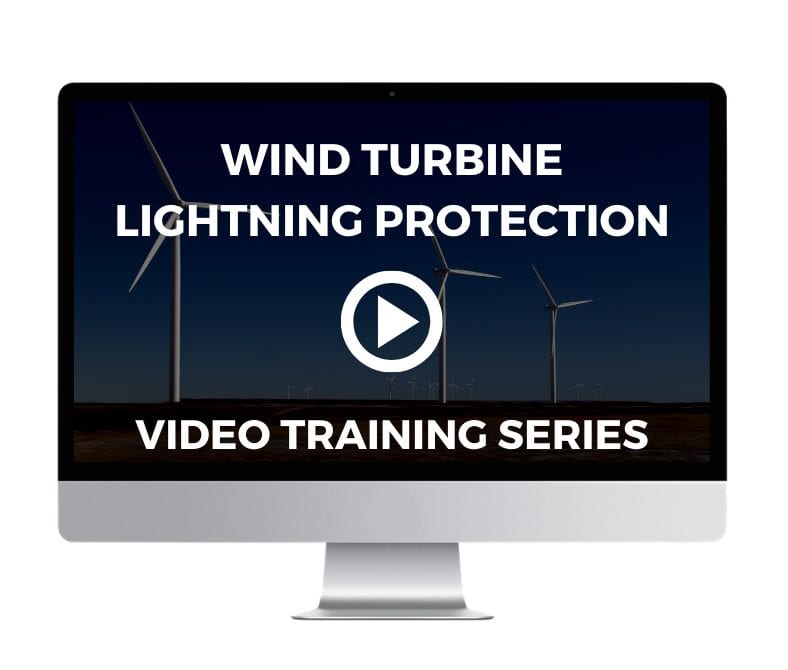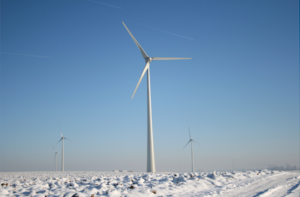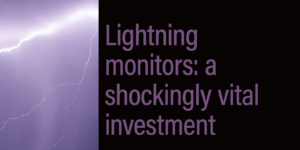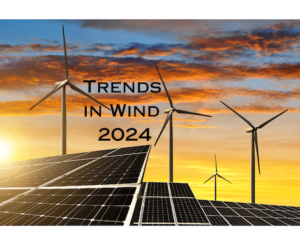Two things about the US wind energy business became (even more) obvious in 2022: the US is committed to wind as a renewable energy source, and it has a lot to learn from other countries to maximize wind’s potential. Still, optimism about US wind in 2023 seems well-founded:
- Wind accounted for 71% of new power projects in the first half of 2022. (As a reality check, natural gas was a close second.)
- The Inflation Reduction Act’s Investment Tax Credit (ITC) is boosting US wind energy projects – including project staffing, transmission connectivity, and the development of new technologies. It also extended the Production Tax Credit for projects placed in service on or after January 1, 2022.
- A faster US offshore wind development process means we’ll soon see how leases in the Central Atlantic area, from Delaware to North Carolina, play out over the equivalent of 1.75M acres.
In spite of such positive signs, anecdotally at least, last year we found the US wasn’t very well-represented at major international shows. Our report from WindEnergy Hamburg.
Keep reading for more on some of the US wind energy trends we’ll be following in 2023.
The Inflation Reduction Tax credit will drive development and innovation in the US Wind Energy Market.
Of course, this is obvious, but as it must be noted because it’s the top driver of 2023 – and because the ITC will also bolster US manufacturing ventures and new technology. After a blade production facility reopened in Iowa last fall, we expect to see more news of increased production this year – possibly accompanied by more battery storage projects.
One to watch: NV Energy’s BESS project near Las Vegas where Energy Vault Holdings, Inc. will begin construction in the second quarter of 2023.
From turbine protection to storage solutions, Innovation is alive and well in US wind energy, and designs with patent potential – like using wind turbines to create hydraulic power – are gaining traction. Also encouraging: we’re seeing talent and technology crossover from the US oil and gas industry. (Texas, we’re looking at you.)
States competing for US Wind investment: good or bad?
While the Commonwealth Wind development saga continues to evolve, it’s only the beginning of offshore development in the US.
California and Texas both have tremendous offshore opportunities – and because the states have very different approaches to business development, there is the potential for new precedents that will shape US wind for the long term. And the Central Atlantic is next.
With WEAs offshore North Carolina, Virginia, Maryland and Delaware, we anticipate some interesting developments – and possibly competition among the states – in 2023.
US Offshore Wind Auctions Will Spur Onshore Repowering Projects
All US wind developments have supply-chain and connectivity issues, but on- and offshore developers are in very different market stages. While offshore developers are betting the technology they need will be ready when they need it, onshore operators have to squeeze more ROI out of aging equipment right now.
As Midwest wind farming operations watch ITC dollars pour into new offshore developments, we anticipate even more interest in repowering projects. Maximizing the productivity of existing wind farms – or at least, to reducing turbine maintenance costs – has never been more important.
Fortunately, there are plenty of affordable options for onshore operators to protect their assets while boosting productivity. Listen to the Rangel Renewables interview on the company’s repowering projects to learn more.
As OEMs strive for control, “Prudent Operators” will drive O&M improvements
If 2023 ushers in a seller’s market for wind, and OEMs and insurers seek to extend service agreements, how will operators manage margins? Equipment owners are turning to more continuous monitoring and predictive maintenance tools to maximize performance, protect investment, and reduce costs.
Wind Power Lab’s Joel Saxum talks about predictive maintenance trends
IntelStor’s Phil Totaro discusses what’s good, and bad, about changing service agreements
What US Wind Can Learn from Leaders in Wind Energy
Regardless of government structure and regulations, energy prices and demands fluctuate. The US wind industry is younger (read: less experienced) than other large countries, so continued collaborations with companies in other countries makes sense – but ultimately, US wind will have to find its way to profitability on US terms.
It’s going to be a busy year! Stay tuned to the weekly Uptime Wind Energy Podcast for industry news, technology and business insights. It’s free to subscribe!
Map in graphic from Mid-Atlantic Ocean Data Portal (MARCO)

